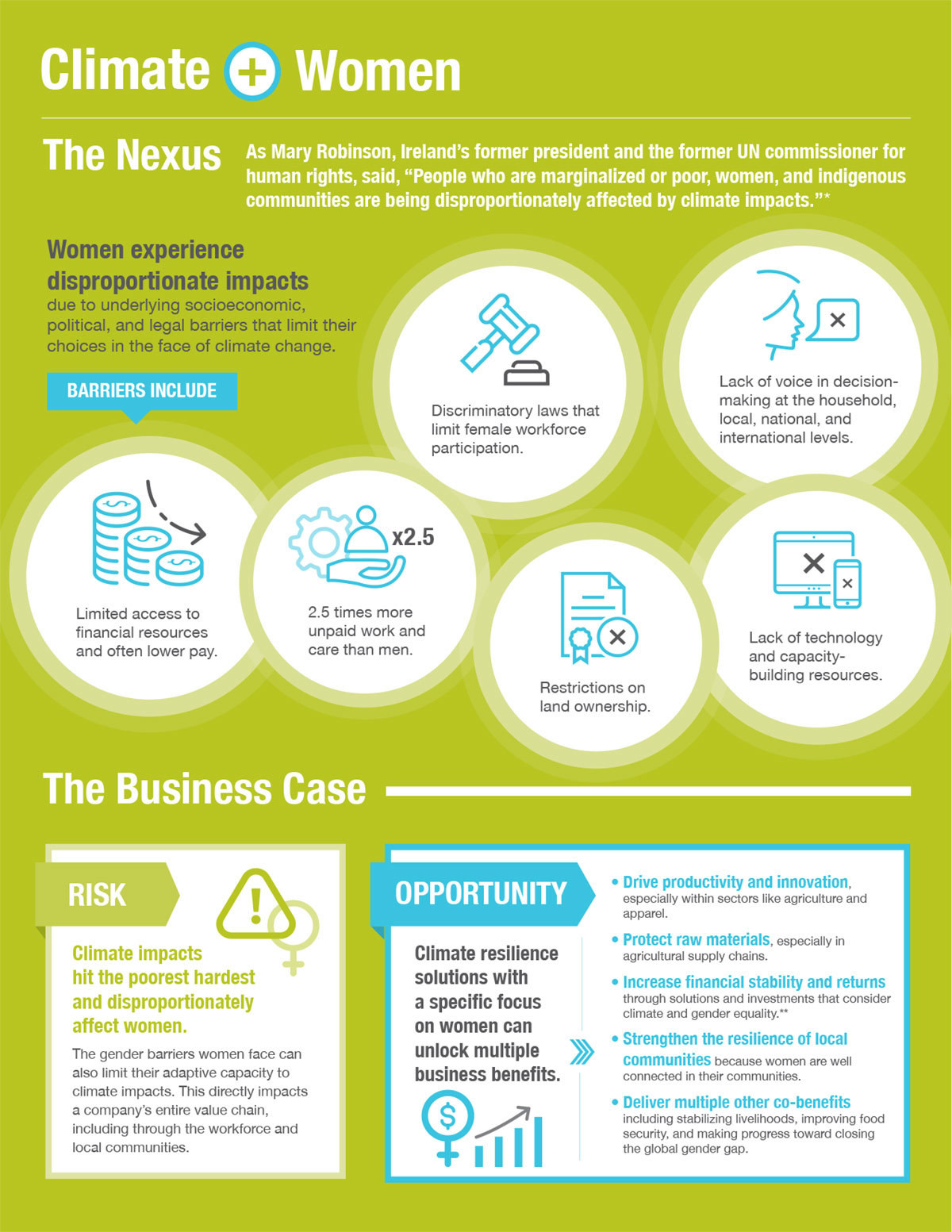



Copyright infringement not intended
Picture Courtesy: DOWNTOEARTH
Climate change is a global crisis that intensifies existing inequalities and acts as a "threat multiplier" for violence against women.
Climate change indirectly contributes to increased violence against women by destroying livelihoods, displacing communities, and intensifying resource competition, all of which heighten women's vulnerability to abuse.
Economic Stress and Resource Scarcity
Climate change intensifies droughts, floods, and extreme weather, harming agriculture and limiting access to water and fuel. This disproportionately burdens women, who are traditionally more responsible for securing these resources.
Crop failures lead to economic hardship, which can force families into harmful coping mechanisms, such as marrying off young girls to alleviate financial stress or gain a dowry.
Extreme scarcity forces some women and girls into prostitution for basic necessities.
Displacement and Migration
Extreme weather events and environmental degradation force millions to leave their homes, about 80% of people displaced by climate change are women. (Source: UNICEF)
Increased Risk in Camps and Settlements
Climate disasters increase the risk of sexual violence against women and girls in temporary shelters and overcrowded camps. For example, after Hurricane Katrina in 2005, rape rates among displaced women in Mississippi surged six-fold. (Source: UN WOMEN)
Human Trafficking
Climate events heighten the risk of human trafficking for women and girls. Displaced individuals, having lost their homes and livelihoods, are susceptible to exploitation by traffickers who use fraudulent job offers.
|
Case Study: Sundarbans, India-Bangladesh In the Sundarbans, residents are forced to seek new livelihoods due to agricultural land destruction from cyclones and seawater flooding. This vulnerability is exploited by traffickers and smugglers who engage in forced labor and prostitution across borders. |
Post-Disaster Contexts and Breakdown of Social Order
Climate disasters often lead to societal breakdown, disrupting essential services and increasing interpersonal conflicts, which in turn can lead to more violence.
Escalated Domestic Violence
Competition for scarce resources like food and shelter escalates interpersonal tensions within households, leading to increased domestic violence during climate-related disasters.
Research shows that a 1°C increase in global temperature correlates with a 4.7% rise in intimate partner violence (IPV). By 2090, a 2°C warming could result in 40 million more women and girls experiencing IPV each year. (Source: UN)
Limited Access to Justice and Support
Violence in disaster-stricken regions is underreported due to the collapse of legal systems and survivors' focus on immediate survival.
In many societies, women have less influence over household decision-making regarding how to cope with climate impacts, including the decision to relocate.

|
India's Vulnerability and Response India, ranked as the 7th most vulnerable country to climate change. National Action Plan on Climate Change (NAPCC) and State Action Plans on Climate Change (SAPCCs) recognize the differentiated impacts of climate change on women and stress the importance of gender-sensitive adaptation strategies. Government has launched programs like the Pradhan Mantri Ujjwala Yojana, National Rural Livelihoods Mission, and Jal Jeevan Mission to empower women and improve rural life through initiatives such as clean cooking fuel, sustainable income opportunities, and access to clean tap water. |
Gender-Sensitive Climate Policies
Integrate gender assessments into climate policy planning, utilizing frameworks like the UNFCCC's enhanced Gender Action Plan (GAP) to promote gender-responsive action and address gender-based violence.
Investing in Women's Empowerment
Empower women through education, access to resources (e.g., land ownership), and leadership roles to strengthen their resilience to climate shocks and reduce vulnerability.
Social Protection and Support Services
Implement social protection programs (cash transfers, food security, insurance), and provide safe shelters and legal aid for displaced women in disaster zones.
Gender-Responsive Climate Finance
Increase climate finance directly targeting gender equality (from less than 0.04% to 15% by 2030, as per a UN report) and develop comprehensive gender-responsive climate finance strategies.
Data Collection
Collect gender-disaggregated data to understand women's diverse roles and experiences, enabling the design of effective and targeted interventions.
Climate change intensifies violence against women and girls by exacerbating economic hardship, displacement, and social disruption, necessitating gender-responsive climate action and investment in women's empowerment to build a resilient and equitable future.
Source: DOWNTOEARTH
|
PRACTICE QUESTION Q. Climate change is not merely an environmental challenge but a potent ‘threat multiplier’ for gender-based violence. Critically analyze. 250 words |
Climate change is not "gender-neutral"; it amplifies existing gender inequalities. Women often have fewer resources, less decision-making power, and rely more on climate-sensitive livelihoods like agriculture, making them more vulnerable to the effects of extreme weather events and environmental degradation.
Women in rural areas are heavily dependent on natural resources for food and income, and lack land ownership rights. When droughts or floods destroy crops, they face income loss and food insecurity. Lack of land rights also limits their access to credit, loans, and insurance to adapt or recover.
Women are leading initiatives globally, such as the Chipko movement in India to preserve forests, or women solar engineers trained by the Barefoot College in Africa. As farmers, women use sustainable agriculture practices and preserve seed biodiversity to build resilience in their communities.
© 2025 iasgyan. All right reserved